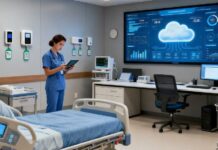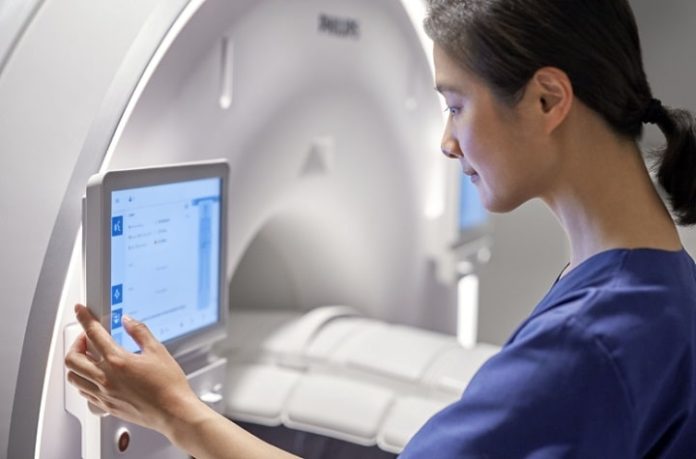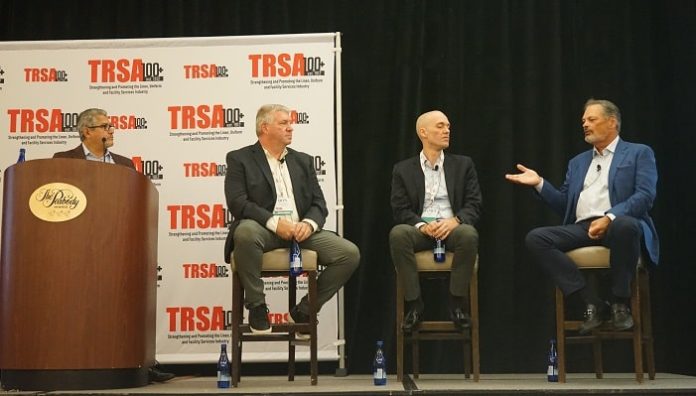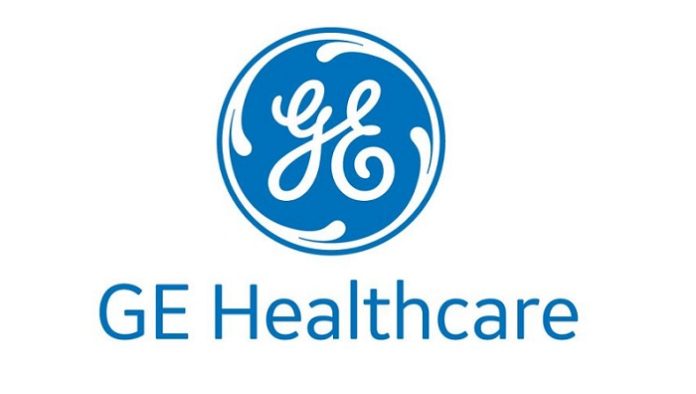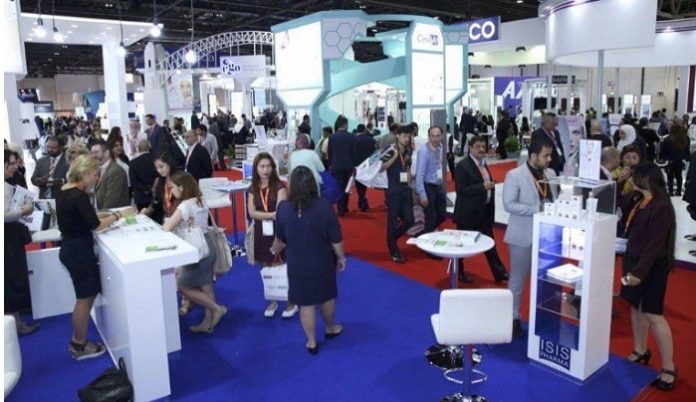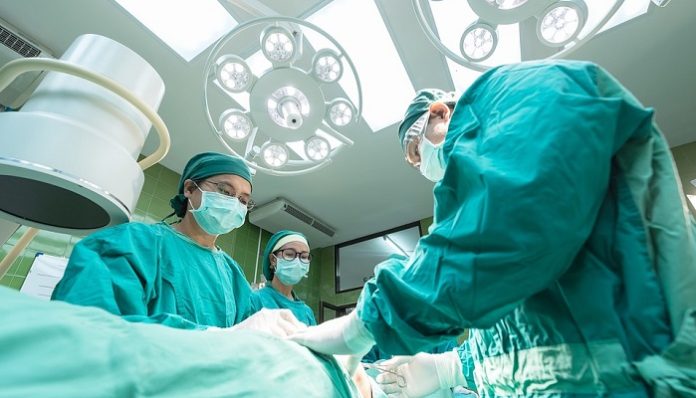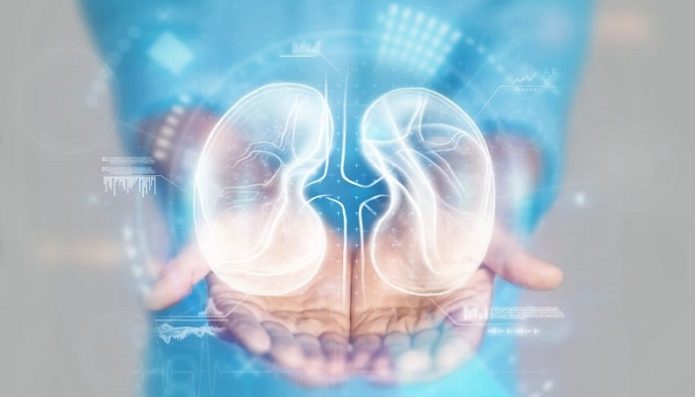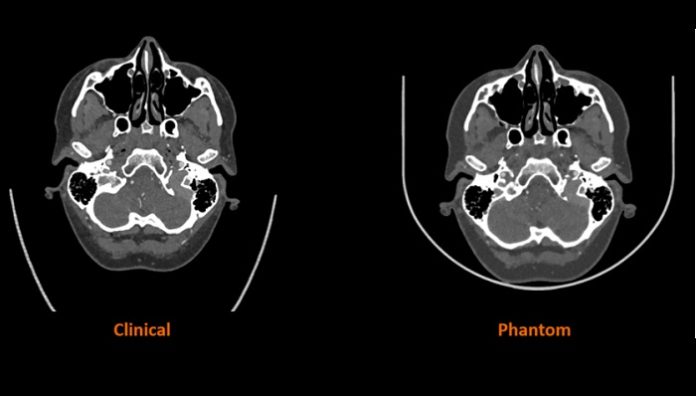Royal Philips a global leader in health technology, and Vanderbilt University Medical Center (VUMC), home to top-ranked adult and pediatric hospitals in the Southeastern U.S., announced initial results of a research collaboration to decarbonize the health system’s radiology department. The project, which was initially announced in May 2023, shows that sustainable initiatives can be both environmentally friendly and cost-effective. The assessment indicated that circular business models, such as upgrades, can reduce total cost of ownership of an MR system by up to 23% and carbon emissions by 17%, and for CT, refurbished systems and equipment upgrades can contribute to reducing costs of ownership by up to 10% and 8% respectively, and reducing carbon emissions by 6% and 4% respectively.
Philips and Vanderbilt assessed 13 diagnostic imaging devices including MR, CT, ultrasound and X-ray, which account for an estimated 12,000 patient scans per month and found that, over a period of 10 years, they emit the CO₂ equivalent of approximately 1,000 gas cars driven for one year. In addition, the energy use of scanners accounted for more than half of the total emissions released from diagnostic radiology. Other generators of carbon emissions within the department included the use of medical disposables, PACS (picture archiving and communication system) and linen production and laundry.
The assessment showed that both technology and healthcare practitioners play a significant role in reducing overall greenhouse gas emissions. For example, 44-75% of energy is consumed outside of patient scanning time, therefore the research emphasized the importance of working with staff to improve patient scan efficiency and industry partners to develop techniques to reduce carbon emissions between scans. Improving scanning efficiency with technology including those that are AI-enabled may conserve energy and reduce unnecessary scan repetition.
“Human health is closely connected to the health of the environment, and we need to take care of both, which is why we feel a great sense of urgency to address our carbon emissions and develop a more sustainable and healthier path forward,” said Diana Carver, PhD, Assistant Professor of Radiology & Radiological Sciences, Vanderbilt University Medical Center. “Our collaboration is leveraging our team’s collective knowledge and expertise to reveal key learnings that will direct our efforts to cut emissions.”
Along with implementing a set of prioritized interventions defined by Philips and VUMC that will support the carbon footprint reduction of the radiology department, the two organizations intend to share their findings in a scientific publication, with the objective of facilitating knowledge sharing and enabling further improvement of environmental strategies throughout the healthcare industry.
“It is imperative that healthcare acts quickly, collectively, and globally to mitigate climate impact. This study challenges conventional thinking that sustainability increases costs when it, in fact, does just the opposite. Energy-efficient, circular, digital and cloud-based technologies can help address climate change and this research shows that individual behavioral changes can also play an important role in speeding up global efforts towards decarbonization,” said Jeff DiLullo, Chief Region Leader, Philips North America. “Our teams continue to work closely to define an approach and model that VUMC can leverage, anticipating results of this research will inspire others to take action.”
During #RSNA23, Dr. Carver presented initial results of this research in the session “Exposing Sustainable Imaging Strategies: The Role of Practitioners in Reducing Carbon Footprint.” Today, Dr. Cassandra Thiel, a lead researcher on the project, will outline additional research insights in “Spinning Radiology Resources: Balancing environmental and economic considerations with circular business models” and “Shedding Light on Sustainability for Radiologists – A Comprehensive Life Cycle Assessment (LCA) of a Diagnostic Radiology Department.”
Philips also hosted a virtual Symposium session – Sustainable Radiology: From Aspiration to Action – moderated by Jeff DiLullo, featuring leading industry experts including John Scheel, MD, Professor of Radiology & Radiology Sciences and Vice Chair of Global Health and Sustainability at Vanderbilt University Medical Center, who presented best practices to help improve care for patients and the planet.





